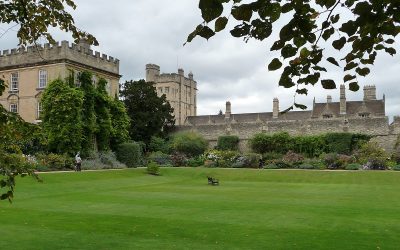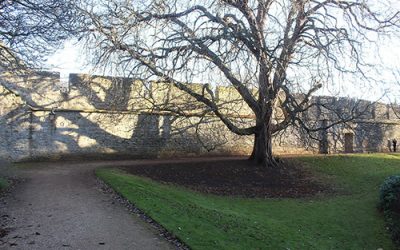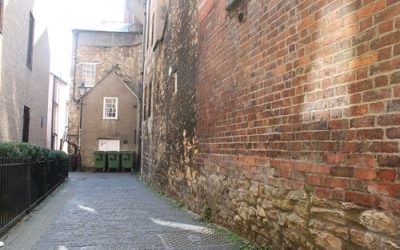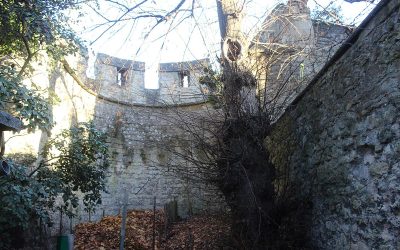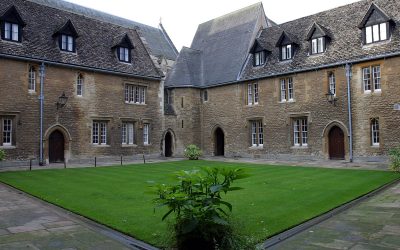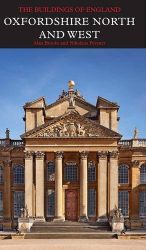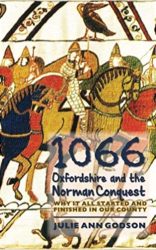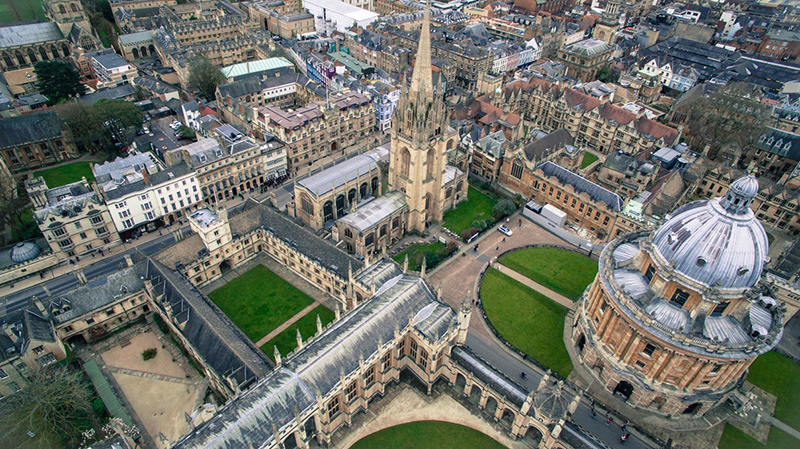
Oxfordshire, South-East England
(51°45′7″N 1°15′28″W)
"There, eastward, within a stone’s throw, stood the twin towers of All Souls, fantastic, unreal as a house of cards, clear-cut in the sunshine, the drenched oval in the quad beneath brilliant as an emerald in the bezel of a ring."
Dorothy L. Sayers,
Oxford is a university city in Oxfordshire, England. Founded in the 9th century when Alfred the Great created a network of fortified towns called burghs across his kingdom, Oxford has buildings in every English architecture style from late Anglo-Saxon. Oxford is home to the University of Oxford, the oldest in the English-speaking world (1167).
You can plan your visit to Oxford using our sist-site, OxfordVisit.com
History of Oxford
The town was initially known as Oxenaforda, meaning “ford of the oxen,“ as referenced in Florence of Worcester’s Chronicon ex chronicis.
Saxon Oxford probably had a market from when it was made a burgh, and it soon became a flourishing town. In the 10th century, Oxford had a mint with 4 coin makers and had become an important military frontier town between the kingdoms of Mercia and Wessex. Danes raided oxford in 1009, and its buildings, all made of wood, were burnt. However, the town was soon rebuilt, and by the time of the Norman Conquest, there were said to be about 1,000 houses in Oxford, which meant it probably had a population of around 5,000.
A second fire in 1138 burned the city to the ground, and in the winter of 1142 Queen Maud (Matilda) was besieged within Oxford Castle. Camouflaged in white, she was lowered over the castle walls and escaped creeping through the enemy lines.
The Black Death of 1348-1350 hit Oxford hard. Scholars were able to flee during periods of the plague but the population of the city dropped heavily. The availability of vacant property meant the Colleges could buy it up and greatly expand their holdings within the town.
Although in the 12th and 13th centuries Oxford was a manufacturing town noted for its cloth and leather, in the 14th and 15th centuries manufacturing declined and Oxford came to depend on students’ custom.
The University
Although we don’t know when the University was formally established, sometime in the 11th or 12th century Oxford began taking shape as a center of learning for clerics. By the 13th century, Oxford had established itself as an academic center that drew students from all across Europe. Many of the colleges were ‘regional’. For example, Jesus College had students from Wales and Queen’s College from Westmoreland and Cumberland.
The first houses had religious foundations. They were created by the Dominicans in 1221, the Franciscans in 1224, the Carmelites in 1256, and the Augustinians in 1267. St. John’s College was founded to educate Cistercian monks, while New College aimed to supply clergy that would replace those who had died in the Black Plague. The oldest colleges, dating back to the mid-13th century, are Merton, Balliol, and University College.
During its early days, the university consisted mostly of students gathered around an individual teacher or Master. Students could live in academic halls or in the house of this Master.
Learn about the University of Oxford and how to visit it here.
Visit Oxford
What to See
Medieval Oxford: Top 5 Attractions
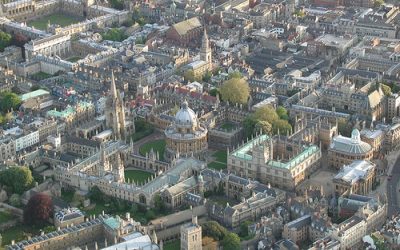
University of Oxford
The University of Oxford is the oldest in the English-speaking world and the world’s second-oldest university in continuous operation after the University of Bologna. There is evidence of teaching as early as 1096. The oldest colleges are Merton, Balliol, and University College, dating back to the mid-13th century.
Duke Humfrey's Library at the Old Bodleian Library
The Duke Humphrey’s Library is the oldest reading room of the Bodleian Library at the University of Oxford. It houses collections of maps, music, Western manuscripts, and theology and art materials and consists of the original medieval section (1487), the Arts End (1612), and the Selden End (1637).
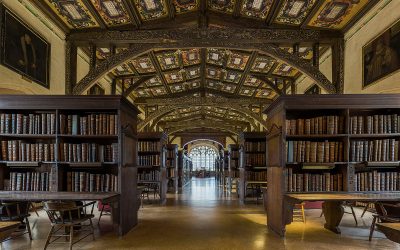
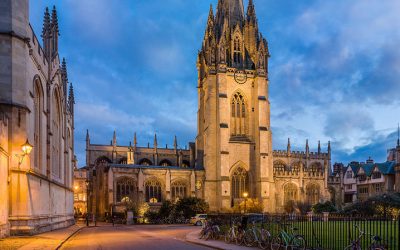
University Church of St Mary the Virgin
The University Church of St Mary the Virgin is the center from which the University of Oxford grew. Its parish consists almost exclusively of university and college buildings. The 13th-century tower is open to the public for a fee and provides good views across the heart of the historic university city.
Oxford Castle & Prison
Oxford Castle is a large, partly ruined Norman medieval castle, built by baron Robert D’Oyly, the elder from 1071–73. Queen Maud (Matilda) was besieged here. Most of the original moated, wooden motte and bailey castle was replaced in stone in the late 12th or early 13th century. You can also see the Saxon St. George’s Tower, one of Oxford’s oldest buildings.
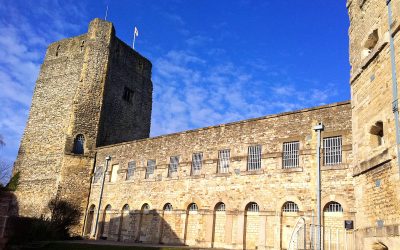
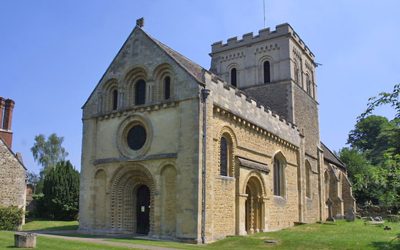
Annora's Tomb at St Mary's Church
This tomb marks the final resting place of Annora, a woman who lived in the mid-1200s. Annora was an anchoress, meaning she voluntarily removed herself from society and spent her days confined within this cell. This is not your usual travel-guide recommendation, but something you shouldn’t miss if you are interested in Medieval Oxford.
Oxford's Oldest Buildings
Books about Oxford
More Medieval Towns


York
York was founded in 71 AD and grew as a major wool trading centre.
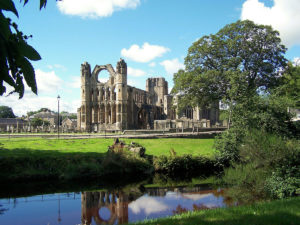

Elgin
Elgin is a town and former cathedral city in Scotland, first documented in 1190 AD.
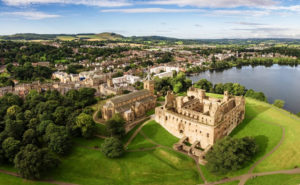

Linlithgow
Linlithgow in West Lothian was once home to one of the great royal courts of Europe
More to see in South-East England
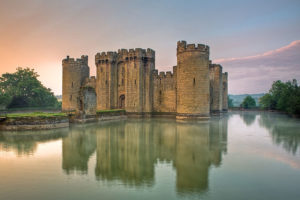

Bodiam Castle
Bodiam Castle was built in 1385 to defend the area during the Hundred Years’ War.
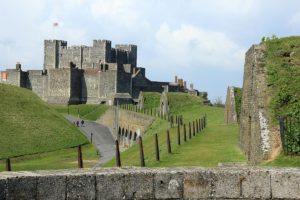

Dover Castle
Dover Castle was built in the 11th century and is the largest castle in England.
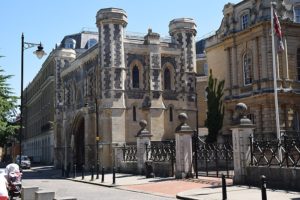

Reading
Reading is a large historic town dating back from the 8th century in Berkshire, England.

